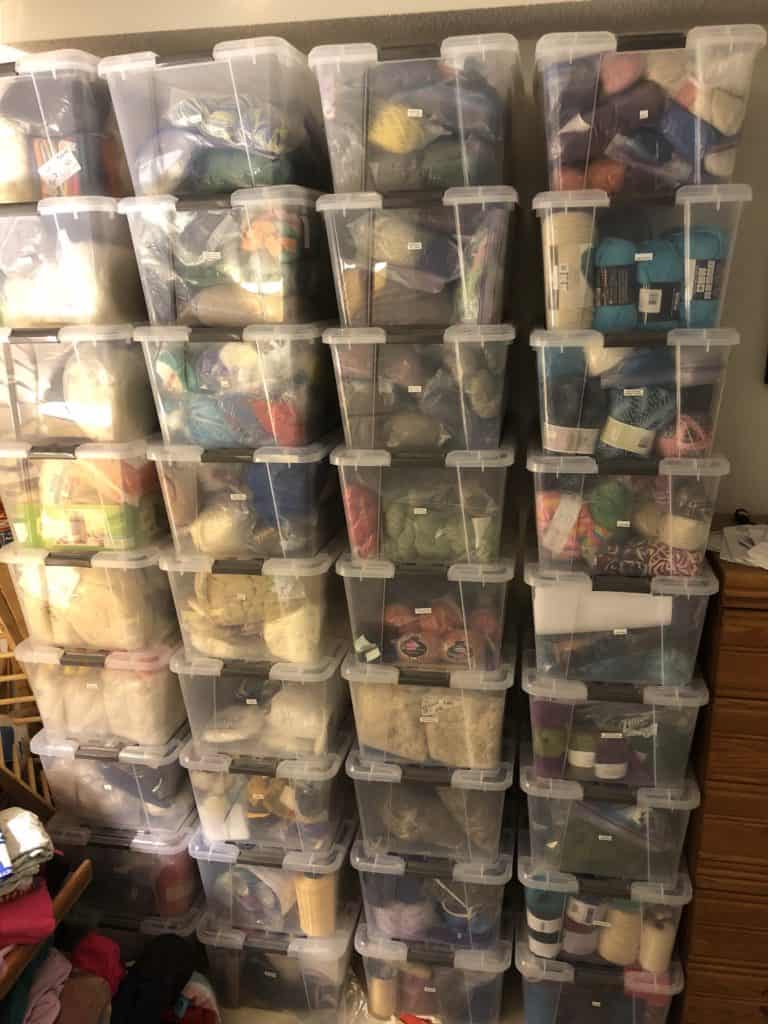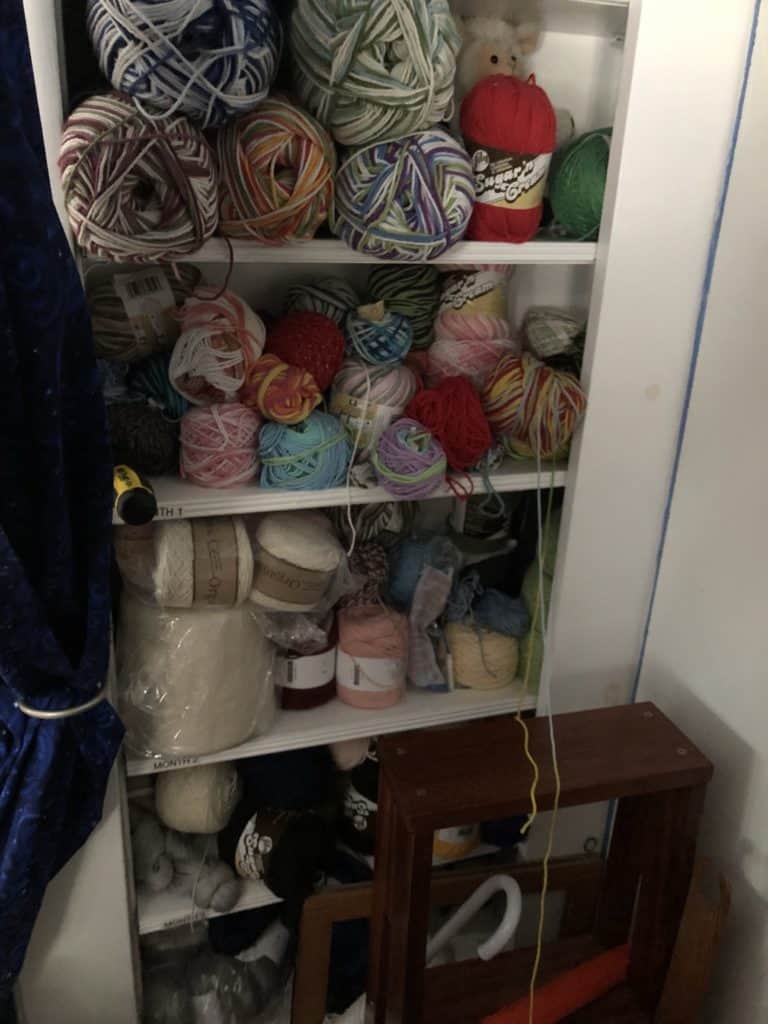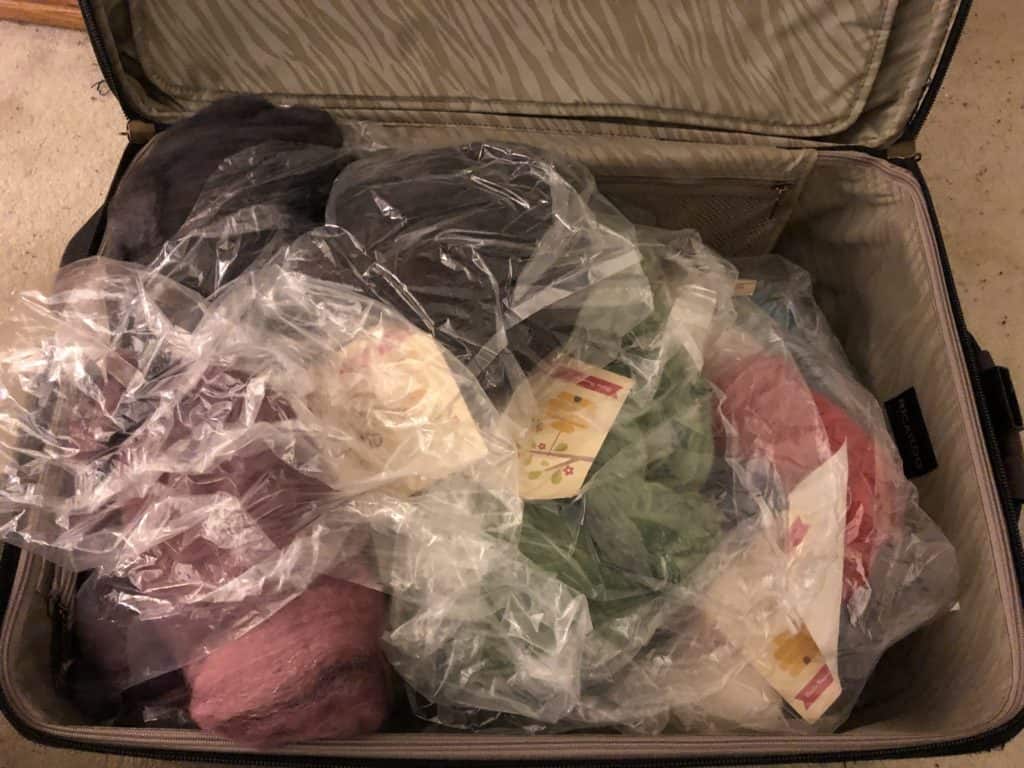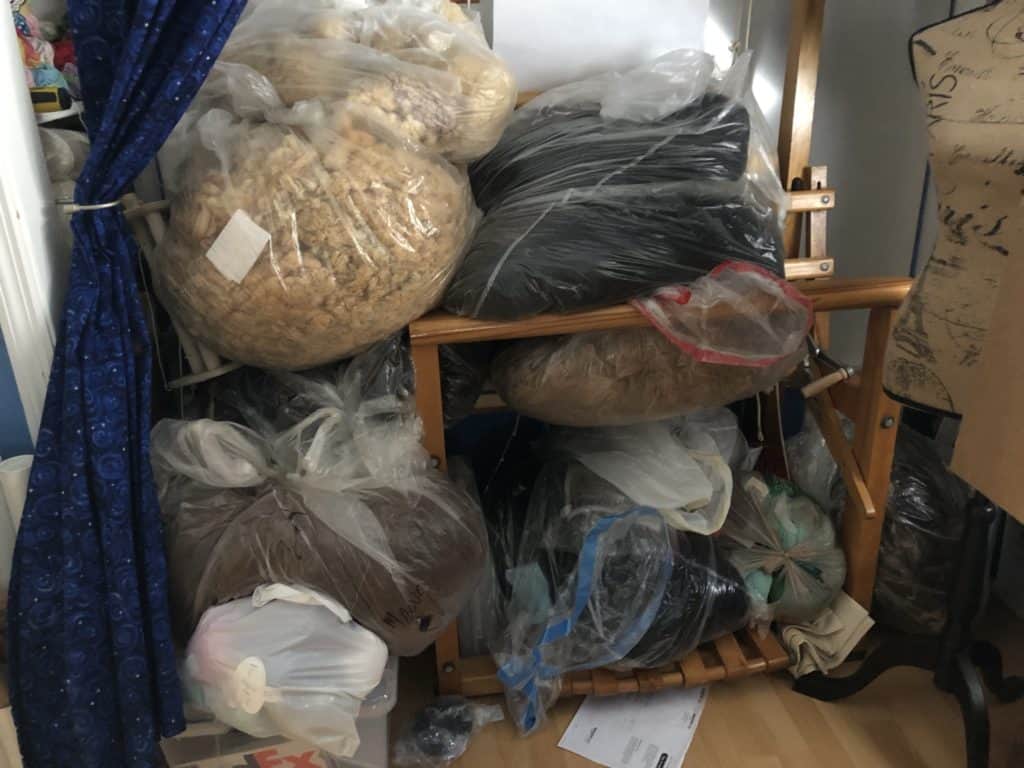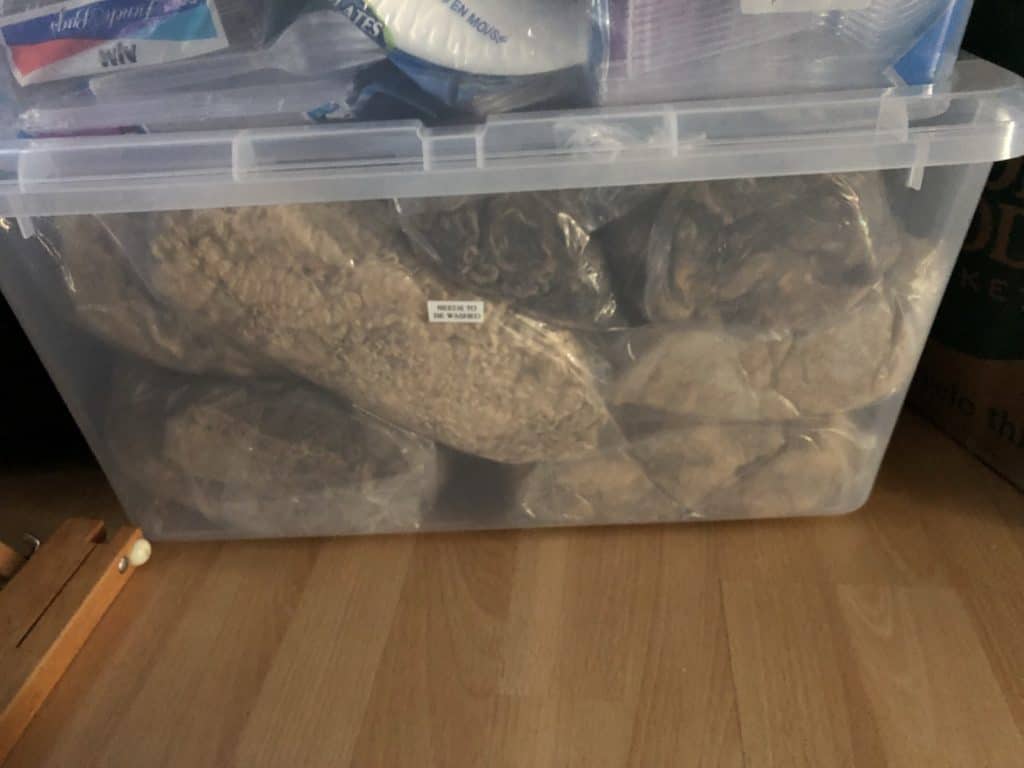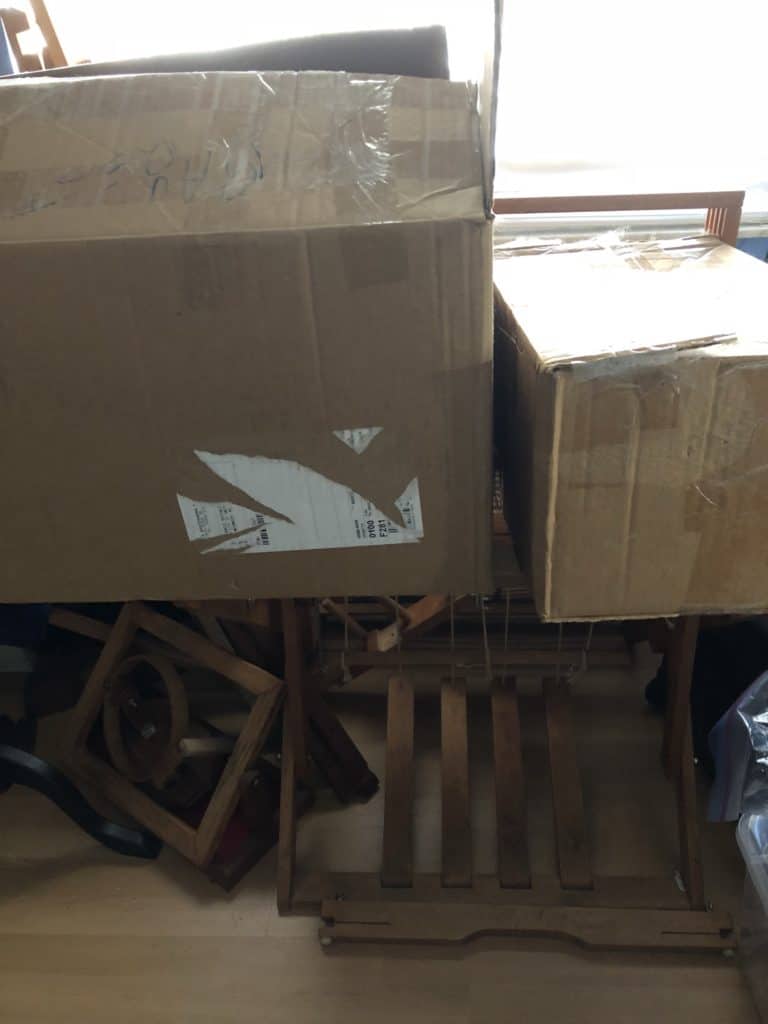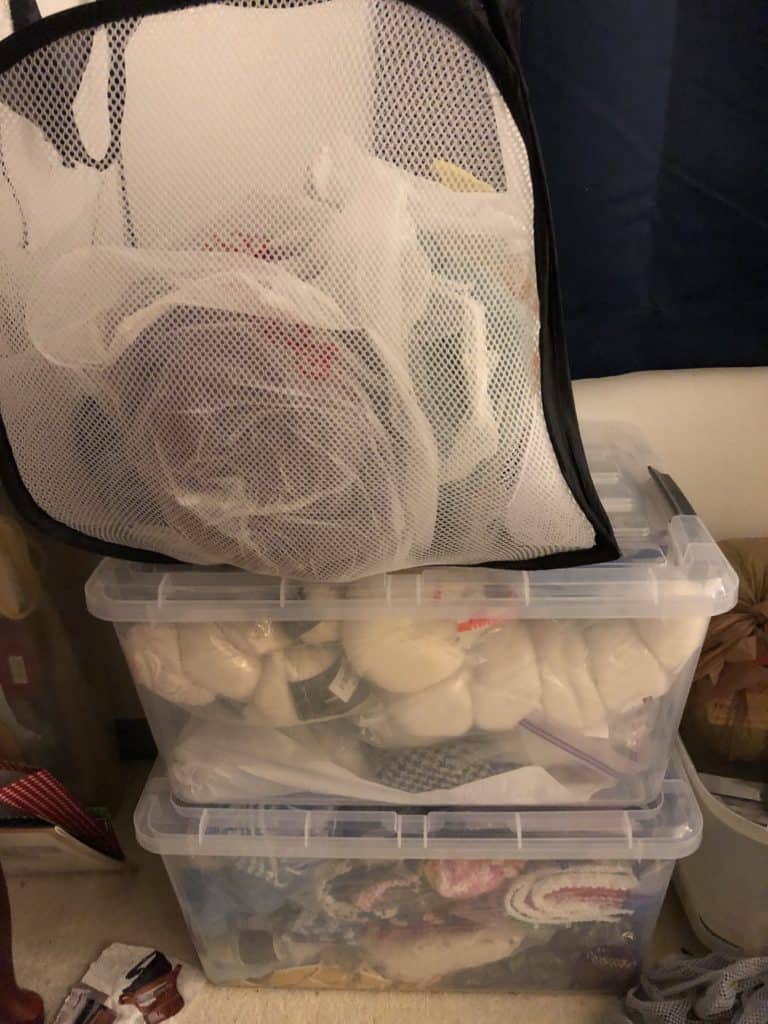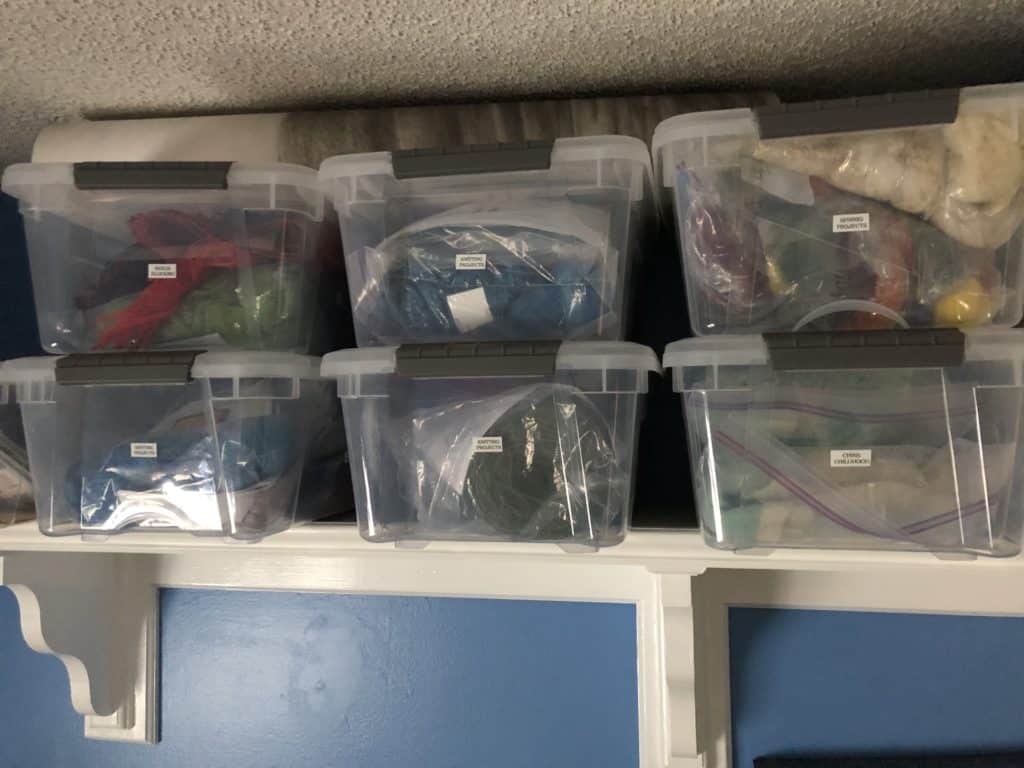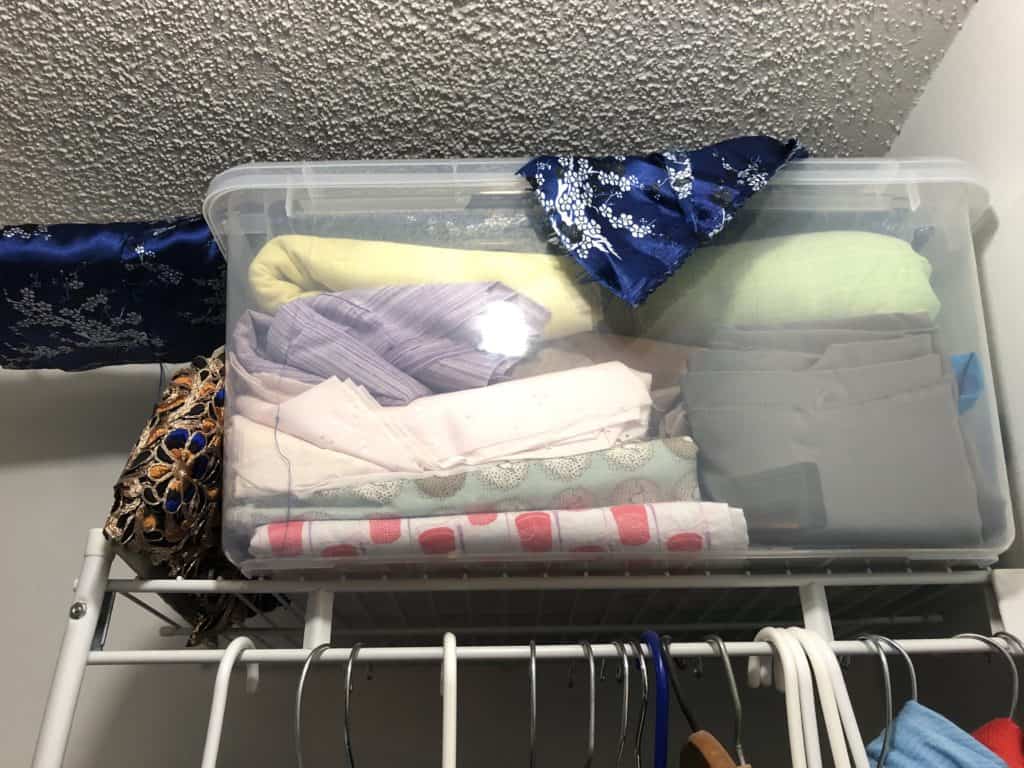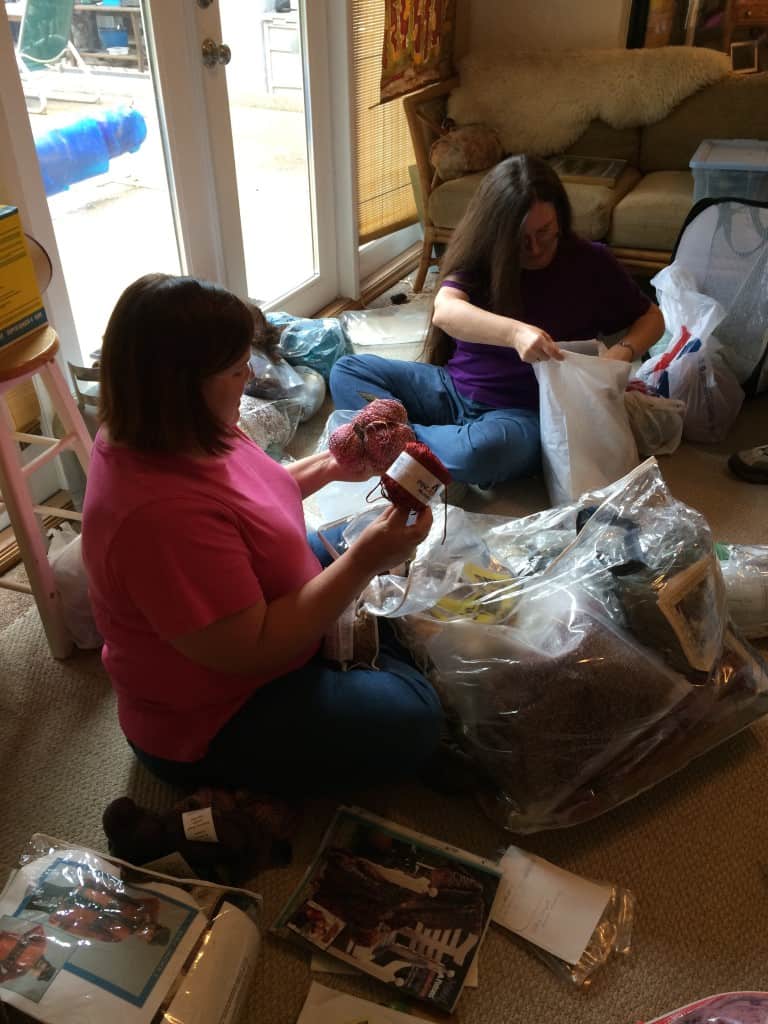This year, we spent Christmas with my in-laws. My mother-in-law is in poor health. She has cancer and then got pneumonia. She was in the hospital for 2.5 weeks, moving to rehab on the Tuesday after Christmas. For a while, we thought she wasn’t going to make it to Christmas, but she did. For the moment she’s stable, but the cancer is advanced and at this point we count each day as a gift. During the time I visited with her, we talked a lot about her life and what has been important to her and what is important to her now. “None of that stuff matters to me anymore,” she said, referring to her physical possessions. What matters to her is speaking with and spending time with her people — her children, grandchildren, siblings, nieces, nephews, friends.
In November, my husband was laid off from his job. This was something we’ve expected for some time, so we’ve saved money and he got a severance payment, so we are not in an immediate financial crisis. He spent most of the last six weeks with his mother and is now starting to look for a job. We don’t know how long it will take for him to find a job, so we need to manage carefully so that the money we have lasts for as long as possible. As a result, buying yarn and fiber are definitely off the list! I must craft from stash.
These two factors have me thinking a lot about what really matters and about how I want to spend my time. I am feeling the need to let go of some things and consolidate others. I want to spend more time on my fiber pursuits. Over the last few years, I’ve acquired an astonishing variety of fiber books, tools, and supplies. I’ve acquired things at a much quicker clip than I’ve crafted them. Once upon a time, I kept Ravelry up-to-date, but I fell out of the habit. I feel as though I don’t really know what I have anymore and to make plans, I need to know what I have. It’s time for an inventory.
Fortunately, inventorying is in my blood. For most of my growing up years, my father worked in stock rooms. When I was very small, he worked in the warehouse of a local clothing store. When I was 11, we moved to a different state where he had a new job as the manager of a hospital stock room. My sister and I went to a private school in the same town as the hospital, which was a 30-minute drive from where we lived. We commuted with my father. Since we got out of school a couple of hours before he got out of work, we spent those hours at the hospital. We usually stayed in the cafeteria, working on our homework. Sometimes, especially on days when they were short-staffed, we hung out in the stock room, working on homework and occasionally answering the phone to take orders from the floors while the employees pulled and delivered the needed items. Twice a year, on a Sunday, the stock room closed for inventory. All the stock room employees came in, along with people in other administrative departments, and my sister and I. We counted every single item on every single shelf, balancing the inventory against the computer.
I started my personal inventory process before Christmas. I started by consolidating — putting away all the random yarn and projects scattered around the house. It’s a lot easier to do inventory when everything is where it belongs. It’s a little scary to flash my stash, but here’s the pix so you can see where I am now.
These bins are the main stash collection. Each of these is a 40 quart bin. One of the bins holds finished projects waiting to be gifted, but the rest are full of yarn and fiber. I sorted the fiber by type (wool, plant fiber, blends, batts, etc). There’s so much wool that it takes up 8 bins and I’ve alphabetized the wool by breed. I separated the yarn by weaving yarn and knitting / crocheting yarn. Then I sorted each of those categories size of the yarn.
These shelves hold the yarns made from plant fibers. It’s mostly cotton, but there’s some linen and bamboo in there also.
These batts have been living in this suitcase since I bought them last April because I can’t fit them anywhere else.
This pile consists mostly of raw fleece, waiting for me to wash and process it. There’s also a couple of bags of yarn that I haven’t put away. That’s my four-harness, 28″ weaving width LeClerc Fanny counterbalance loom under all that fleece.
This bin holds raw fleece in smaller quantities. There’s a variety of breeds in this bin, but no more than a pound from any one fleece.
These boxes hold fleeces that I bought and had processed by mills. I believe there’s three fleeces total in here. They are sitting on top of my four harness, 22″ weaving width Dorset direct tie-up loom.
These bins and the hamper on top of them hold WIPs. A couple of years ago, I conquered all my WIPs, but now I have a new pile.
These are smaller bins, about twice the size of a shoebox. They hold a couple of WIPs, including two or three that only need blocking, but mostly they are projects waiting for me to cast on. I matched yarn to patterns and sometimes the needles are with them also.
Finally, this is my fabric collection. Last spring and summer, I took sewing lessons. I’ve mostly sewed pillowcases, which we send to the pediatric oncology ward where my cousin works, for nurses to distribute to the kids. I actually have a lot more fabric than this, but everything I bought for pillowcases is stored at my mother’s house. This is everything I have at my house.
I have complicated feelings about all this stash. I’ll be writing more about it as I continue the inventory process. My goal for the next week is to get Ravelry back up-to-date. I’ve downloaded the spreadsheet of my Ravelry stash as a starting point. I’ll write an update next week, to share my progress and next goal.

